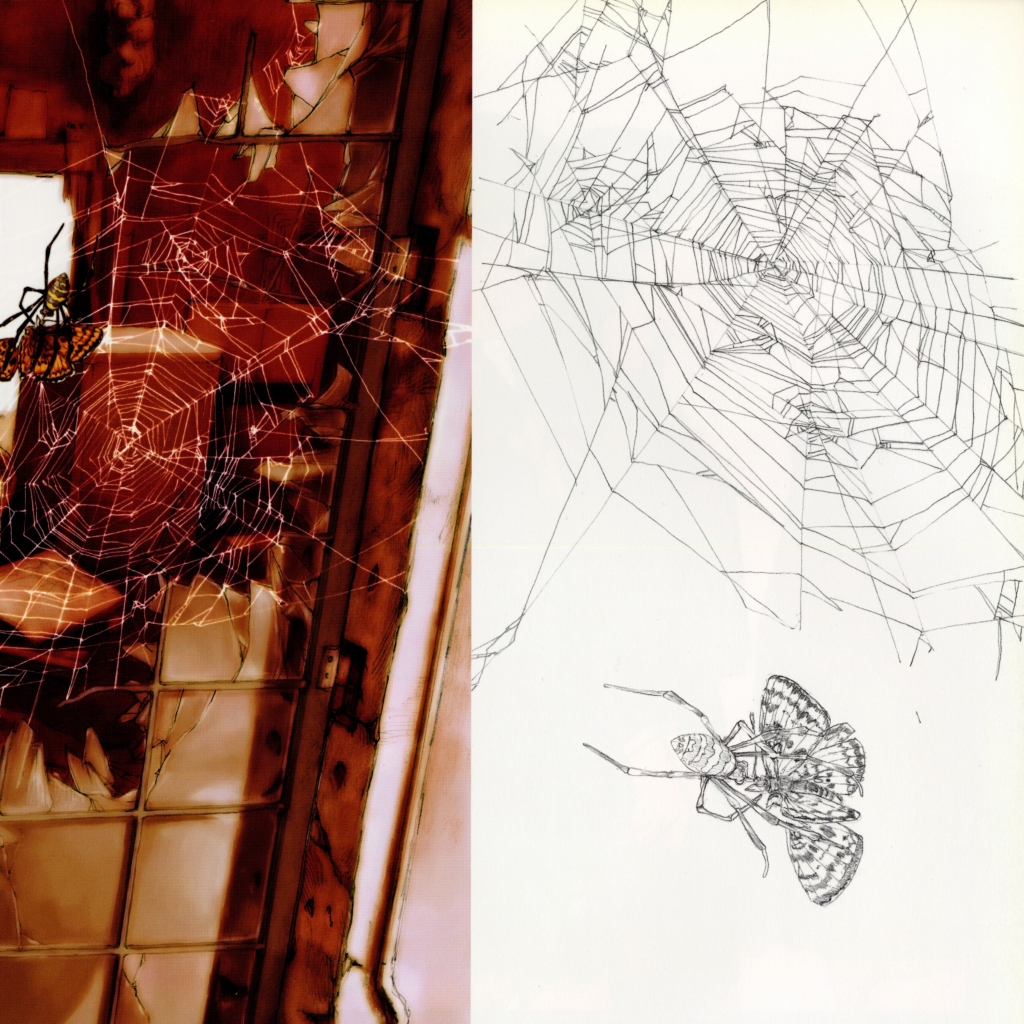By: Tierney Bowden
ice beneath sharp blades,
yet never did it waver.
eyes meet suddenly.
first meeting, cold rain,
heated cheeks, burning passion-
lips do what hands do
chilling droplets
met their demise against
passionate activities
over time, the distance
grew.
weeks passed.
skies turned from grey
to a deep blue.
traded rain for perfect sun
yet hearts were never full enough-
lovelorn.
while meadows filled with rabid bloom,
angst became her.
nothing but hatred.
suddenly,
a dandelion grew!
budding blossoms
bid woes, adieu!
Review:
My poems are an anthology of haikus that reflect a past relationship of mine. I was highly inspired by the haikus from “There is Always Tomorrow: An Anthology of Wartime Haiku” that we read in class. Haikus typically have 17 syllables, mention some reference to a season, and are very concise in their wording. This forces poets who choose this style to be very picky with what they choose to write. Despite this, haikus still evoke powerful emotions.
The wartime haikus were written by Japanese American internment camp victims of the Central Valley. Being from the Central Valley, these haikus struck something inside of me. These poets created their own hope through the power of haiku. They reflected, ranted, and yearned all in a few short phrases. Although I cannot relate to their struggles, I can relate to the feeling of being a human trying to cope. This is where I got inspired.
I wanted my anthology to reflect the feeling of hopelessness that comes with a failed relationship. My haikus are meant to be read from top to bottom since it is a story with a beginning, middle, and end. I chose to keep with the 17-syllable and seasonal word rules because these are not meant to simply be poems, but haikus. Just like how the wartime haikus included a word to reflect the blazing Central Valley summers, mine travel between the seasons of winter and spring.
Along with the wartime haiku inspiration, I also was inspired by Julia Alvarez’s “Sometimes the Words Are So Close”. In her poem, she took lines from other poems to Frankenstein them into a new one. I did something similar in my second haiku. The line “lips do what hands do” comes directly from Shakespeare’s Romeo and Juliet. This is one of my favorite scenes from the play because it is the perfect embodiment of young love. My anthology is about the first relationship I ever experienced and it was a rushed affair. The inclusion of this line was meant to reflect my naivety and youth when I began the relationship. It also is a foreshadowing of the tragic ending of the story. Just like Romeo and Juliet, I did not end up with this person.
I believe the haiku format and Alvarez’s poem-mashing created the perfect outlet for me to reflect on the relationship and the feelings I felt throughout the experience. In a way, this was a very therapeutic assignment and these poems mean a lot to me. I hope others can find themselves in this anthology, even if it is only one other person.
